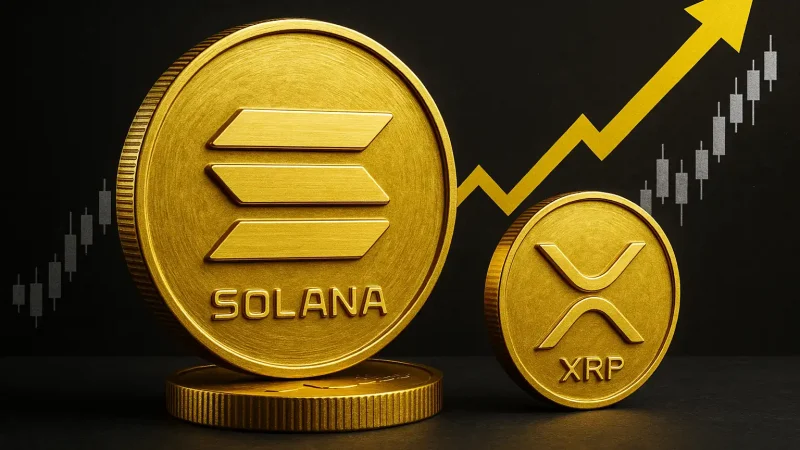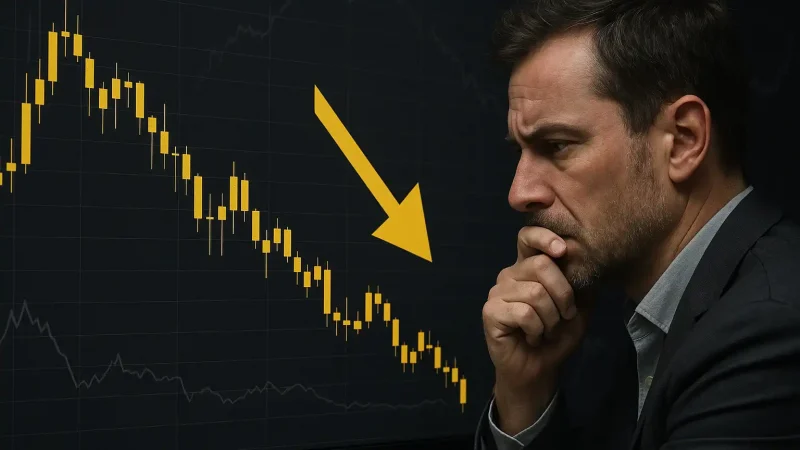Bitcoin has once again ignited the imagination of investors across the globe. As it surges into uncharted price territory, now trading at over $106,000, the world’s largest cryptocurrency is no longer just a speculative asset—it’s a financial force spurred by geopolitical events, institutional endorsement, and increasing macroeconomic relevance.
A recent all-time high of $126,198 in October 2025 has elevated long-term expectations, with some predicting explosive growth toward the $900K mark by 2030. What’s fueling the rocket? A mix of fundamental tailwinds, on-chain patterns, ETF inflows, and historic adoption shifts suggest we’re witnessing more than a typical market rally—this could be a pivot in financial history.

New Institutional Confidence and Political Backing
In 2025, Bitcoin shed much of its volatile outsider image, bolstered by U.S. regulatory clarity and unprecedented institutional engagement. Politicians including President Trump have publicly endorsed the crypto sector, while traditional behemoths like Blackrock, MicroStrategy, and even emerging tech players like Metaplanet have stocked up Bitcoin as a cash reserve alternative.
Spot Bitcoin ETFs, once considered a moonshot, are now a magnet for capital, with net assets swelling from under $28 billion in early 2024 to a jaw-dropping $150 billion by Q4 2025. This isn’t mere speculative buzz—it reflects institutional conviction. Bitcoin is increasingly being mentioned in the same breath as gold, not as competition, but as evolution. In times of macroeconomic uncertainty and currency debasement risks, BTC has cemented itself as “digital hard money.”
From Geopolitical Friction to Technical Rebounds
While January through March of 2025 saw choppy performance due to lingering Russia-Ukraine tensions and U.S. tariffs, Bitcoin flipped the narrative in Q2. As diplomatic dialogues resumed, BTC spiked to over $112K in May, charting one of the fastest recoveries in crypto history.
Yet June’s flare-up in Middle Eastern tensions—particularly between the U.S. and Iran—briefly deflated bullish sentiment as fears of war sent BTC plunging to $98,000. But the market has since shrugged off those worries, bouncing hard from technical support zones near $100K and forming what analysts consider a classic ascending wedge pattern—a setup often preceding massive breakouts.
Bitcoin’s 2025 Price Landscape: Best and Worst Scenarios
While Coinpedia’s base case pegs 2025 closing somewhere near $168,000, more aggressive forecasts see as high as $175,000. AI platforms like BlackBox AI and Gemini were even more optimistic, predicting potential surges toward $180,000, should sentiment and liquidity align.
However, downside risks persist. Global uncertainty, renewed monetary tightening, or a major cyber breach could drag BTC back to the $70,000 region. But many believe this floor is now well-anchored by institutional bids, making deeper crashes increasingly unlikely as adoption matures.
Long-Term Outlook: $900K by 2030?
The most astounding predictions come from thought leaders envisioning BTC not just as an asset, but as a future financial backbone. According to Coinpedia’s decade-forward model, Bitcoin might command a potential high of $900,000 by 2030. This aligns with macro trends like declining trust in fiat currencies, global M2 expansion, and the rise of sovereign entities embracing decentralized stores of value.
ARK Invest’s Cathie Wood is even bolder, projecting a $2.4 million top in the coming decade. Michael Saylor goes further still, with MicroStrategy expecting north of $13 million per BTC by 2045. While these numbers seem astronomical, so did $100,000 not long ago.
Support from On-Chain Metrics
On-chain data supports the bullish case. Exchange reserves are in steep decline, suggesting users are shifting holdings to cold storage—a signal of long-term conviction. Mining difficulty has hit fresh highs, and network security is at its strongest ever. Coupled with declining issuance courtesy of Bitcoin’s fixed halving schedule, supply-side pressure remains ever-tightening.
Meanwhile, social volume data from Santiment indicates sentiment panic during global shocks quickly morphs into accumulation. In other words, traders are treating large dips as buying opportunities—not exits.
Conclusion: A Crossroads for Bitcoin’s Narrative
Bitcoin has evolved from an experimental protocol into the cornerstone of a potential new monetary order. Whether you see it as an inflation hedge, a store of value, or simply a speculative asset, its recent price action and growing utility undeniably reflect a maturity phase. With momentum building, regulation aligning, and institutional money all-in, the path to $900,000 may not be a question of if—but when.





